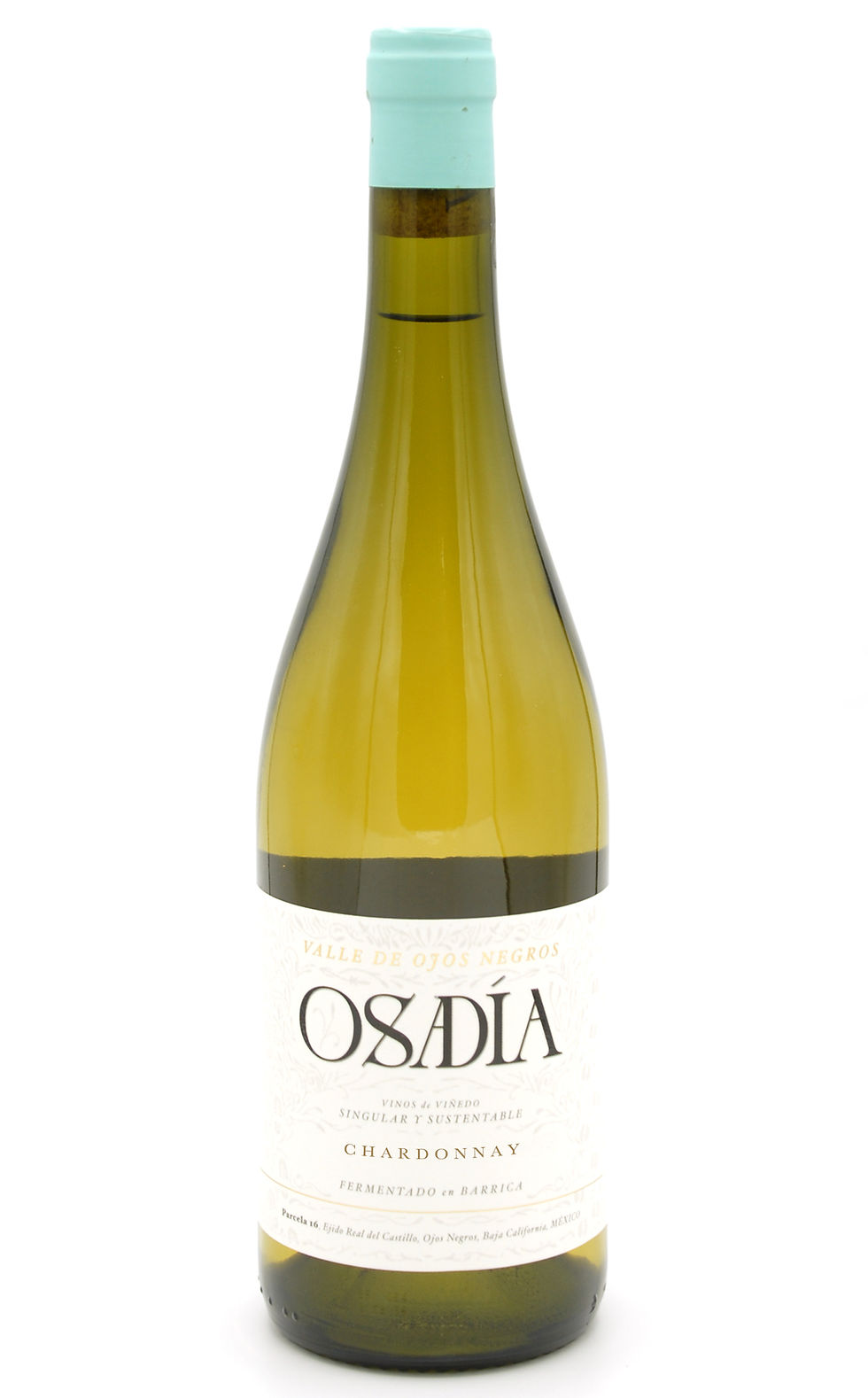The Lomita Estate
Founded: 2009 by Fernando Pérez Castro
Winery location: Valle de Guadalupe - a mid-valley, northwestern facing slope in the ejido of Francisco Zarco.
Region and grape sources:
- Valle de Guadalupe - Estate vineyards - Elevation 1,000 ft. Located in the heart of Valle de Guadalupe approximately 9 miles from the Pacific. Their estate has 17 acres under vine. Farming is organic.
- Valle de Guadalupe - Paraiso Vineyard - 950ft elevation. Planted in 2007 in soils of clay and granite. Neighboring vineyard to Carrodilla. Farming is organic.
- Valle de Ojos Negros - 2,800 ft elevation. Planted in 2003 in soils of granite, decomposed sandstone and some clay. Farming is organic.
- Uruapan - 850 ft elevation. Planted in 2007 in highly mineral soils of red clay. Farming is organic.
Notes:
- While the winery wasn't formally established until 2009, La Lomita's land holdings include vineyard sites with some of the Valle de Guadalupe's oldest vines.
- The winery is one of the few to be certified organic in México.
- Winemaker Gustavo González made the illustrious Masetto from 2000 through 2003.
Total production: 17 acres under vine, 9 wines, 10,000 cases
2023 Chardonnay - La Lomita
Tasting Notes and Drinking Window:
A miraculous improvement over previous vintages with just the right acidity, a major dial back on the oak treatment and an earlier harvest for a lower alcohol (2% less than the previous vintage) It is an excellent Chardonnay for those looking for a very elegant version of version of a Cali Chard where the oak plays a present but well-balanced roll in the presence of absolutely top-notch fruit. Delicious. Drink this over the next 5 years.
270 cases made
Drinking window: Upon release - 5 years
Vintage:
2023
Blend:
100% Chardonnay
Producer:
La Lomita
Winemaker:
Gustavo A. Gonzalez - Mexican
Vineyards:
Valle de Guadalupe - Estate vineyards planted in 2010 in soils of clay and granite. Farming is organic.
Winemaking:
Grapes picked and selected by hand then pressed and fermented in stainless steel tanks for 4 weeks.; Wine was then racked and split into two batches: 70% went into stainless steel and 30% into 2nd and 3rd use French oak barrels and aged for 9 months before bottling.
Sulfites: 25 ppm
Farming:
Organic, sustainable
Alcohol:
12.0%
















